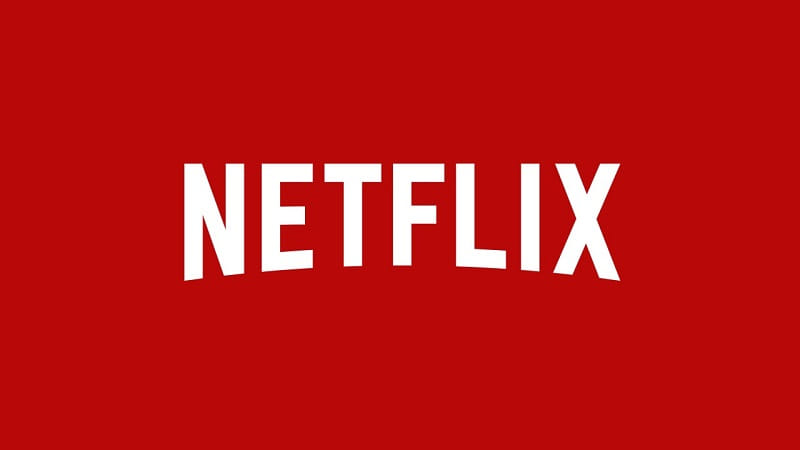
Netflix dominates the on-demand video sector, with 282.7 million paid customers globally. Netflix revolutionized the television industry by developing fascinating original programming, analyzing user data to better serve customers, and, most importantly, allowing them to watch material in the manner they want. It forced cable companies to rethink their business models and focus on OTT App Development.
Netflix is primarily a repository for pre-existing and original content, such as movies, documentaries, and television shows. Subscribers pay a set monthly cost and can watch any program on any device they want. Netflix is continuously upgrading itself to become better and more easily accessible to users, providing the latest and top-quality content. But that holds a long journey to become a media giant. Let’s find out.
History of Netflix
Netflix has emerged as one of the biggest disruptive forces in the world of media. It has transformed the way we watch television and films. It has radically changed Hollywood’s longstanding business model. It has grown into a worldwide media behemoth worth billions of dollars. But it was not always this way. It is hard to recall now, but Netflix began as a distributor rather than a producer.
It began as a DVD-by-mail business, sending you movies and TV shows for a monthly charge. It was similar to Blockbuster, but you did not have to leave your house or interact with other people. Then, of course, came the video streaming. Netflix spent $100 million on content in 2013, which is around 20 times more than it spent in 2011. It is anticipated that $5 billion will be spent on originals by 2017.
“House of Cards” was the first online-only series to win an Emmy when it aired in 2013. success after success has been generated by Netflix since then, including “Orange Is the New Black,” “Master of None,” “Unbreakable Kimmy Schmidt,” and numerous others. According to reports, Netflix has almost 50 million domestic users. The percentage of American households having internet connectivity is still increasing at 50%. With the significant exceptions of China and North Korea, Netflix is currently available in almost every nation on the planet.
How Netflix Has Changed the TV Industry
The Netflix tale serves as a case study for redesigning a firm and its business model. Management welcomed new technologies, transforming the way consumers watch television and movies. Netflix did not only revolutionize the world; it turned it upside down. We all know that Netflix has changed the way we consume television and movies. But how did they achieve it? The explanation is that their varied innovations revolutionized the entertainment sector.
Netflix provided a better product than cable TV (and at a lower cost) since it did not have the infrastructure costs involved with transmission or cable. They were streaming video over the Internet, so they did not have to develop expensive networks between cities like other cable providers did. Netflix is probably one of the world’s most important companies. It has altered the way we watch television, transformed the world of streaming content, and even influenced how we date.
The company’s narrative is nothing short of incredible. Netflix has gone a long way from its modest video rental beginnings to a gigantic online streaming empire with over 150 million global customers and a market capitalization of over $150 billion.
It has impacted how we watch content, as well as the production and distribution of television shows. Netflix has grown into a verb, just as Google did before it.
Netflix was created in 1997 and began streaming in 2007, making it younger than Facebook, Twitter, and YouTube. Nonetheless, it has had a significant impact on how we spend our spare time online. We were happy to watch TV at a given time before Netflix, but now we want to watch episodes on demand and have the ability to do so whenever we want.
Netflix was among the first firms to make this possible. Netflix also exposed us to binge-viewing. Before Netflix made all of its shows available at once, customers seldom watched more than one episode every night. Now that they can watch as much or as little as they want, they frequently refuse to stop watching a show until they have finished it.
Conclusion
Netflix has not only redefined the rules of the television and film industry but has also reshaped our viewing habits and expectations. By combining innovative technology, data-driven content creation, and a user-centric approach, Netflix has emerged as a powerhouse that continually pushes the boundaries of entertainment. The shift from traditional viewing to on-demand streaming has opened up a world of possibilities, allowing audiences to enjoy their favorite shows and movies at their own pace.
As we look to the future, it will be fascinating to see how Netflix continues to evolve, influence the industry, and adapt to the changing landscape of consumer preferences. The legacy of Netflix serves as a reminder of how a bold vision and willingness to embrace change can transform not just a company but the way we experience and enjoy media across the globe.
